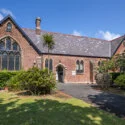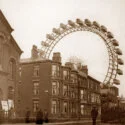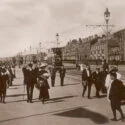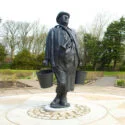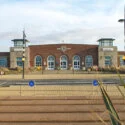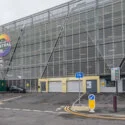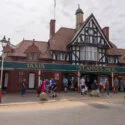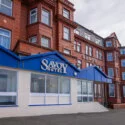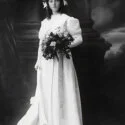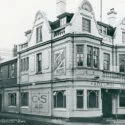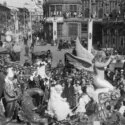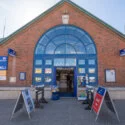Fleetwood Lifeboat Station, located on The Esplanade at Fleetwood Port in Lancashire, has been an integral part of the town’s maritime history since its establishment in 1859. The station was set up by the Royal National Lifeboat Institution (RNLI) after a request was made by Captain Edward Frodsham Noel K. Wasey, RN, H.M. Coastguard, to provide a lifeboat service for Fleetwood. In response, a Peake-class 30-foot rowing lifeboat was constructed and stationed at Fleetwood, and a new boathouse was built opposite the North Euston Hotel at a cost of £174-18s-6d. The lifeboat arrived on 20 March 1859, and John Fox was appointed Coxswain, with Capt. Wasey becoming the station’s Honorary Secretary. The new lifeboat was put to the test almost immediately. In 1860, the Fleetwood lifeboat was involved in several dramatic rescues, including a notable mission on 22 January 1860, when the crew rescued the sole survivor from the wreck of the Ann Mitchell. Coxswain Fox and Capt. Wasey were awarded RNLI Silver Medals for their bravery. By the end of 1860, Capt. Wasey had received additional medals for further rescues, marking the Fleetwood lifeboat station’s early history of lifesaving.
In 1862, following a generous donation of £340 from Miss Mary Wasey, a new lifeboat, Edward Wasey, was delivered to Fleetwood. This boat was a 32-foot, 10-oared self-righting boat, which became the station’s primary vessel. That same year, a new brick-built boathouse was constructed at Pharos Place, next to the Pharos Lighthouse, after the previous boathouse was nearly destroyed in a storm. This new boathouse remained in use for many years before being repurposed into a private residence. Fleetwood’s lifeboat fleet continued to grow, with a new vessel, Child of Hale, arriving in 1879, thanks to a generous donation of £900 from Colonel William Blackburn. The station’s boathouses were continually upgraded to accommodate the growing fleet, and in 1887, a larger 46-foot boat, the Edith (ON 76), was introduced. As Fleetwood was a key railway hub and steamer terminus, its lifeboat station had an important role in safeguarding the busy shipping routes along the Wyre Estuary.
The late 19th century saw further changes when, in 1893, the railway companies needed to extend their harbour moorings over the lifeboat station’s slipway. This led to the construction of a fourth boathouse in 1894, funded by the Lancashire and Yorkshire Railway and the London and North Western Railway. Despite issues with sand and shingle build-up blocking the slipway, a new site was acquired in 1901, 80 yards east of the Beach Lighthouse (Low Light). A new slipway and boathouse were built, and this arrangement served the station for many years. In 1930, the station closed for alterations and the construction of a new slipway to accommodate a new motor-powered lifeboat, the Sir Fitzroy Clayton (ON 628). This represented a significant technological advancement, as motor lifeboats began to replace traditional oared vessels. The 1901 boathouse was eventually rendered redundant and demolished in 1977, making way for a new Waveney-class lifeboat, Lady of Lancashire (ON 1036), which arrived that year.
The 1977 storm caused further disruption when a small boathouse constructed in the 1960s to house a D-class Inshore lifeboat was washed away. Remarkably, the Inshore lifeboat, D-187, was later found on Pilling Sands and was returned to service after repairs. The Fleetwood Lifeboat Station faced several challenges over the years but remained steadfast in its mission to save lives at sea. In 2006, a new RNLI and Coastguard building was constructed to replace older facilities. This modern facility includes crew accommodation, a retail outlet, and secure storage for the station’s D-class lifeboat, which is launched with the aid of a davit. The station now operates a Shannon-class All-weather lifeboat and a D-class (IB1) inshore lifeboat, continuing its long-standing legacy of lifesaving and service to the Fleetwood community.
Today, Fleetwood Lifeboat Station remains an essential part of the local community and maritime safety in the Wyre Estuary. With a history spanning more than 160 years, the station’s crew and volunteers continue to serve with dedication, ensuring the safety of those at sea.
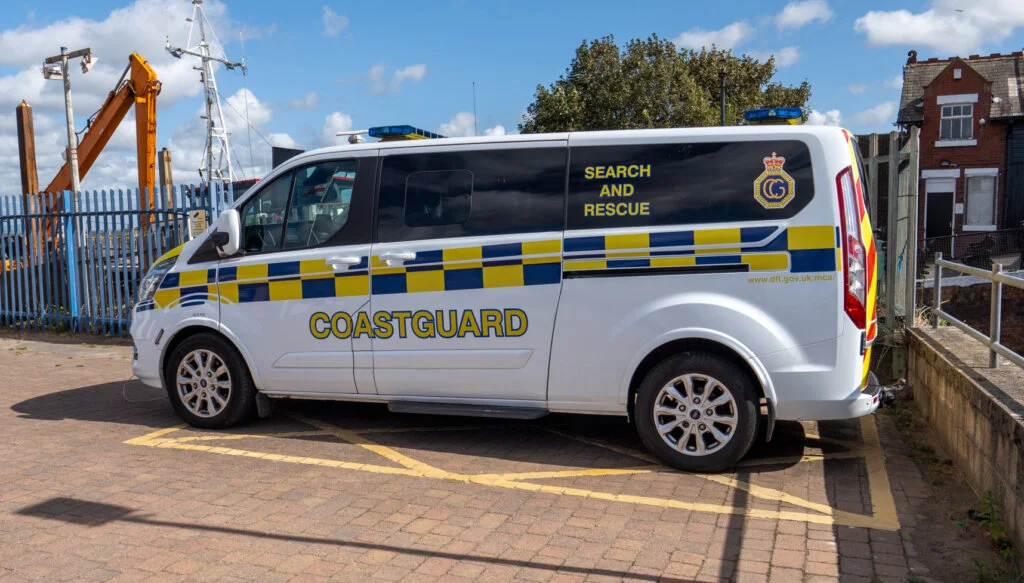
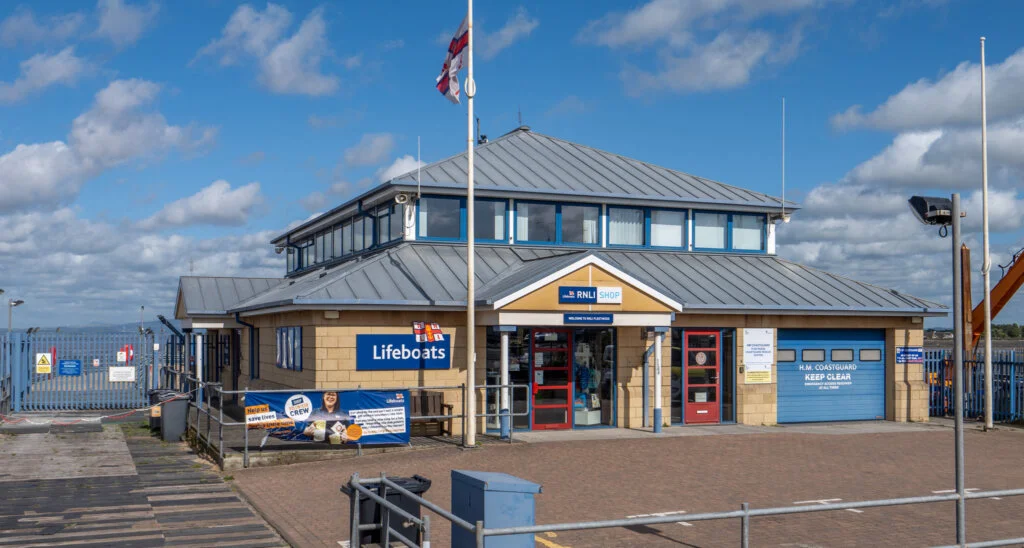
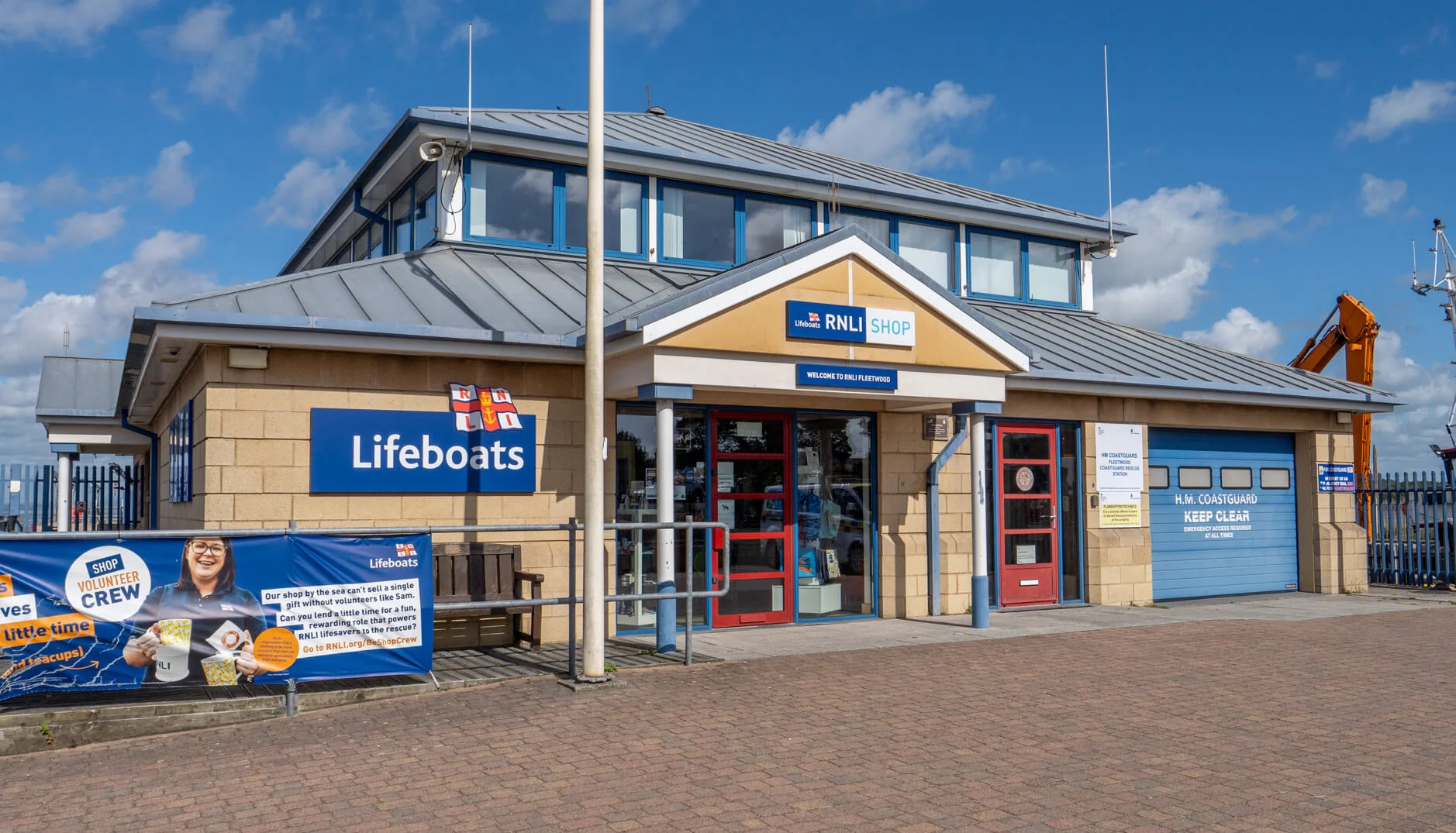
Featured Image © Deeper Blue Marketing & Design Ltd
Images by © Deeper Blue Marketing & Design Ltd


